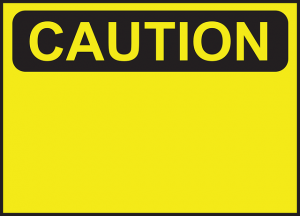Don’t Let The Lean Manufacturing Threaten Workplace Safety
 Many companies use “lean manufacturing” procedures to streamline production by reducing wasted time and motion. Although these changes often show up in the bottom line as black, their long term repercussions on workplace safety – higher accident rates and workers comp premiums –could put a business back in the red.
Many companies use “lean manufacturing” procedures to streamline production by reducing wasted time and motion. Although these changes often show up in the bottom line as black, their long term repercussions on workplace safety – higher accident rates and workers comp premiums –could put a business back in the red.
“Approximately 65% of workers compensation claims are for musculoskeletal disorders (MSDs),” says Chris Shulenberger, Technical Director for Ergonomics with Bureau Veritas North America Shulenberger. However, many employers might not make the connection between their lean manufacturing procedures and high rates of sprains and strains, overexertion injuries, and cumulative trauma MSDs among their employees.
If you streamline your manufacturing, beware of these potential pitfalls that could turn “leaner” into just plain “meaner:”
- Excessive Overtime. Lean manufacturing depends on a smooth supply chain. When there are glitches, workers need to pick up the slack with increased production and longer hours, both of which contribute to MSDs.
- Hyper-efficiency. For some employers, the drive to improve employee productivity ignores human limitations. Removing the waste from jobs eliminates essential time for workers’ bodies to restore themselves, which can reduce disabling MSDs.
- Working through pain. Some supervisors in lean manufacturing facilities are slow to respond to worker reports of fatigue, discomfort, and/or pain: the earliest symptoms of an MSD. In other cases, there’s “working through pain” culture which encourages employees, like high-performing athletes, to ignore early symptoms – which can easily lead to a MSD. Make sure that your workers report any MSD symptoms and supervisors know how to respond to these complaints.
- Micromanagement. Increasing the intensity of work reduces employees’ control about how they do their job – a proven risk factor for MSDs.
Our risk management professionals would be happy to review the potential impact of your manufacturing procedures on workplace safety.

Comments
Not found any comments yet.